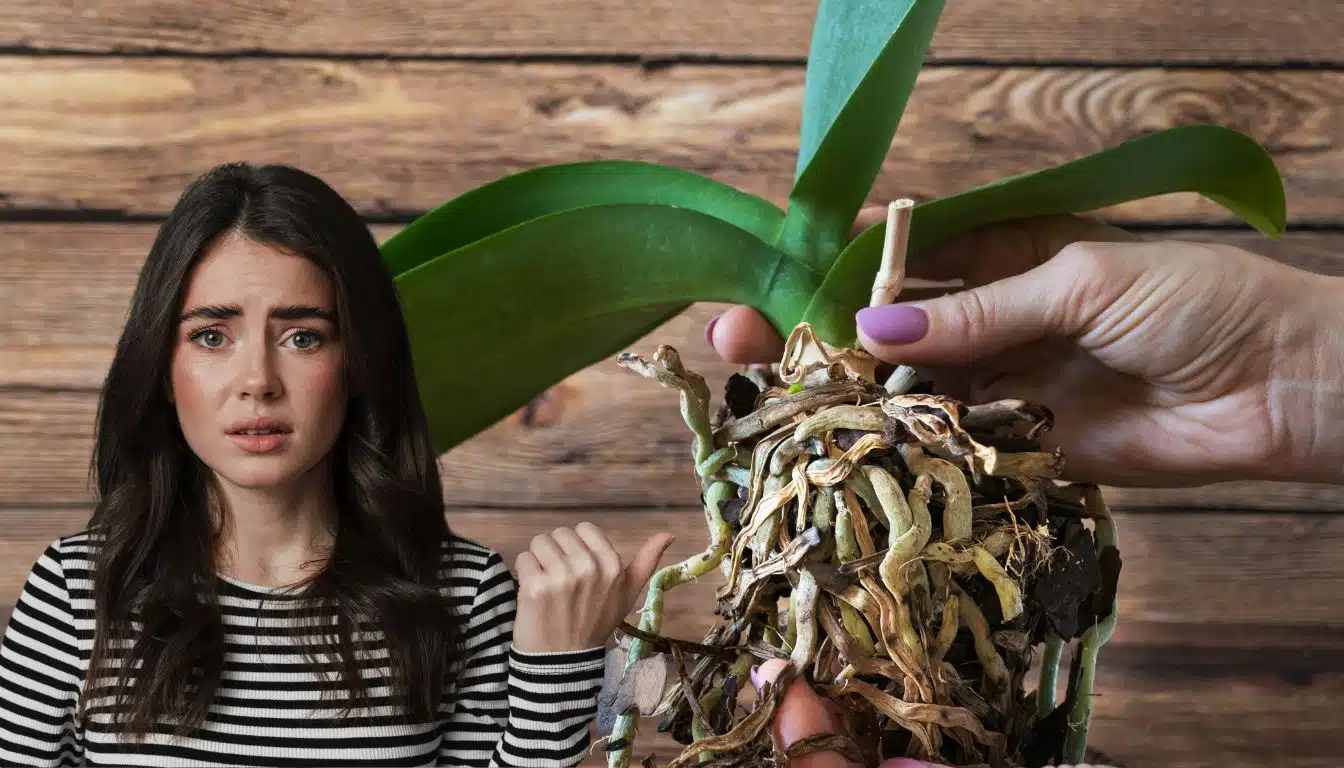The orchids they are an elegant and colorful presence in our homes, but the proper care of these exotic plants requires attention and knowledge.
If you are an orchid enthusiast, you will know that one of the most insidious enemies is the root rot. Find out how to tackle this problem and preserve the beauty of your plants with effective strategies and practical solutions.
What Causes Root Rot?
Il root rot is often caused by incorrect management of thewatering. When orchid roots are exposed to an excessive amount of water, they begin to weaken and be subject to attack by fungi and bacteria.
In particular, the smell finds an ideal environment to thrive in constant humidity.
Other factors that may contribute to the problem include the use of a unsuitable substratewhich prevents the correct passage of air, and a vaso which does not drain the accumulated water correctly.
How to Recognize Root Rot
The first manifestation of rot occurs at the level of the leaves that begin to turn yellow and fall off. However, it is crucial to check the condition of the roots for a timely diagnosis.
Healthy roots they are greenish and fleshywhile those affected by rot will be dark and softlosing their consistency.
Immediate interventions
If your orchids show signs of rot, take immediate action to contain the problem. Remove the plant from its container and gently shake off the substrate around the roots.
Use a sharp, sterilized tool to cut away all damaged sections of the roots, keeping the healthy ones as much as possible.
Treat remaining roots with a fungicide to prevent further infections. Afterwards, replant the orchid in a new substrate suitable and in a pot with excellent drainage to avoid the problem recurring, as some experts in the sector suggest.
Long-Term Care Practices
To prevent root rot in the future, it is essential to establish care routine appropriate. Orchids generally prefer to be watered once a week, paying attention to thehumidity of the substrate.
During flowering periods, an orchid-specific fertilizer administered weekly will help the plant maintain a healthy state.
Place the orchid in an environment with a relative humidity between 40% and the 70%ensuring that there is adequate air circulation to avoid accumulations of humidity.







